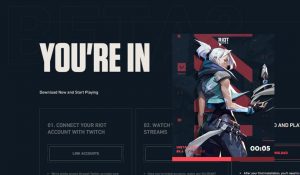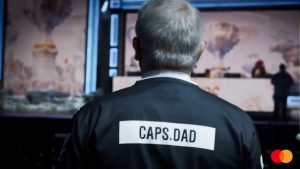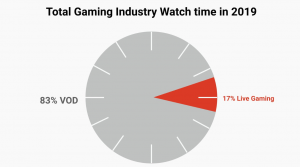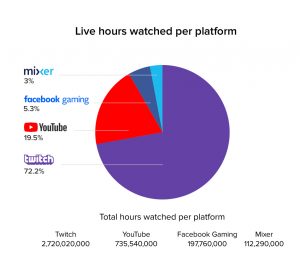The game on everyone’s mind is Valorant. Created by Riot Games, developers of League of Legends, Valorant is the first First Person Shooter (FPS) Riot has made. Valorant has already broken numerous records on Twitch, both because of the novelty of the game, and because of Riot’s unique marketing strategy using streamers.
Valorant also has massive potential as an esport. It has a foundation in one of the most popular FPS titles (CSGO) and comes at a time when many esports players are looking for change. We break down why everyone loves Valorant below.
Twitch Streamers for Marketing
As we’ve highlighted before, streamers can be a large boon to a game’s release. The successful release of Apex Legends was largely in part due to top streamers such as Ninja playing the game on its release date. Streamers help set the tone for whether a game is cool and offer a look at game play before the viewers commits to buying or downloading the game. Riot partnered with Twitch to feature top streamers playing Valorant before the game is released this summer. Gamers can get early access to Valorant by watching these streamers. A lucky few will receive an email providing them with access to Valorant while it’s still in beta.

Through this method, Riot Games created a Valorant community before the game was even released. Getting access to Valorant in closed beta creates a secret club of sorts – you either have access or you don’t. Across social media, fans would bemoan not getting access. For multiple weeks, esports social media has been captivated by whether you got a code or not. Demand grew quickly over fear of missing out on the next big thing.

While this undoubtedly inflates Valorant’s Twitch numbers (people could leave the stream on while doing other things,) Riot successfully created hype for their newest game. In the future, more games and brands will use streams to “Twitch drop” products or access to exclusive content, games and more.
Strong Foundation
For many hardcore players, CSGO is the gold standard for FPS titles. The game is constantly praised for its mechanics, its in game economy, and its balance between individual play making and the necessity of teamwork. Valorant has already drawn multiple comparisons to CSGO, which is very intentional of Riot. Some of Valorant’s lead designers either worked on CSGO or were professional CSGO players. Riot is looking to iterate on the success of CSGO and bring its own flair to the equation.

Valorant’s arrival couldn’t come at a better time either. Though not a direct translation, many of the skills of FPS games transfer over to other FPS titles. There are far more similarities between Apex Legends and Overwatch, two FPS titles, than there are between League of Legends and Starcraft, two different genres, for example.
Many FPS streamers and professionals across multiple games such as Fortnite, Apex Legends, Rainbow Six Siege and Overwatch have frustrations with their games. Some because of how developers are handling their esports competitions, others for game design choices. ESPN hosted a Valorant invitational last week, and featured professionals from Fortnite, Apex Legends, CSGO, PUBG, Overwatch, Rainbow Six Siege and League of Legends. The team of Apex Legends won, even beating out the developers of Valorant. For many frustrated pros, Valorant provides another opportunity to make it big in esports.
The Next Big Esport?
Thanks to its strong foundation of players, Valorant has massive potential as an esport. The game is backed by Riot, which already gives it a massive lead. Riot has created professional competitions for League of Legends across the world. As opposed to being a new game from a young studio, Valorant has the backing of an esports pioneer.
Riot has already announced its initial plants for Valorant esports, taking a more hands off approach. Using a tiered system, Riot outlines three levels of competition with increasingly larger prize pools. This creates a clearer path from amateur to pro, a common criticism of League of Legends.
Notably, Riot requires that all Valorant competitions have blood turned off. FPS titles such as Call of Duty and CSGO have struggled with these issues in the past as rated M titles. These games have more realistic violence, which is meaningful to certain players. However, many brands that want to enter esports have problems with this, not wanting to be associated with blood and violence. This avoidance of violence is why we believe titles like Rocket League will be successful. By avoiding blood, Riot looks to capture the popularity of major FPS titles while still being brand friendly.
What’s Next for Valorant?
Valorant continues to put up large numbers on Twitch as streamers explore the new game. Officially slated for release this summer, we can expect even more popularity on the game’s release. No game is guaranteed to be a major esports title, but Valorant has the right ingredients. A quality FPS title, already with a large community, backed by one of the most successful esports companies of all time.
Do you want to learn more about how to bring your brand to esports? Sign up for our esports newsletter or reach out!
































